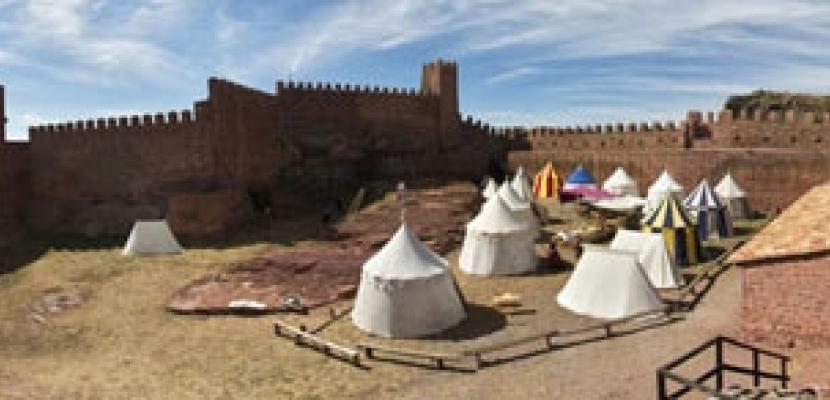
Live the castle

About this good practice
In the case of castles, the didactics of heritage have to be linked, necessarily, with its analysis as a primary source, but also with the determination of the identity and empathic values that the fortress may possess in the community in which it is located.
Interpretation becomes an effective weapon to be used as a decoder of the heritage reality, through different types of instruments. The models shown here are just some examples of how creativity, specialized knowledge in teaching and dissemination, and professional programming can attract thousands of tourists, in addition to serving as a focus for research and dissemination of the past. And the castles of Teruel and Aragonese are optimal spaces to implement projects of this nature.
As a relatively recent discipline, historical recreation or reenactment has emerged as a very useful methodology in the dissemination of heritage in general, and of castles and fortified enclosures in particular. However, it is important to know what historical re-enactment really is, and what characteristics it should possess when used for educational, cultural or interpretive purposes.
It is, solely and exclusively, the practice of reconstructing uses, customs, material culture and aspects of the past based on strictly scientific guidelines, to achieve objectives related to cultural dissemination and education.
Several factors come into play in this process, of which three stand out: research, outreach and education.
Expert opinion
Resources needed
Equipment for soldiers, people and rooms in the castle with historical rigor.
Between 60 and 80 people participate to perform the reenactment for free during a weekend from Friday afternoon to Sunday morning. 3 scenes and a battle with a total duration of 5 hours are performed by actors.
Evidence of success
It is extremely successful since each weekend, once a year, the castle receives about 4,000 visitors. Population of Peracense does not reach one hundred.
The activity is fostered by a non-profit association called Fidelis Regi in which between 60 and 80 people participate,throughout the weekend the reenactment group makes life in the castle, so visitors can see them. The Peracense City Council gives them compensation of €2,000 for food and travel expenses, but their reenactment activity is free
Potential for learning or transfer
It is a replicable practice, taking into account the characteristics of each of the locations and the history of the fortification in question. In the case of Peracense, the 14th century is recreated, but the content can be modulated, depending on the historical events that the fortification in question has passed through.
Further information
Website
Good practice owner
You can contact the good practice owner below for more detailed information.
ARCATUR

